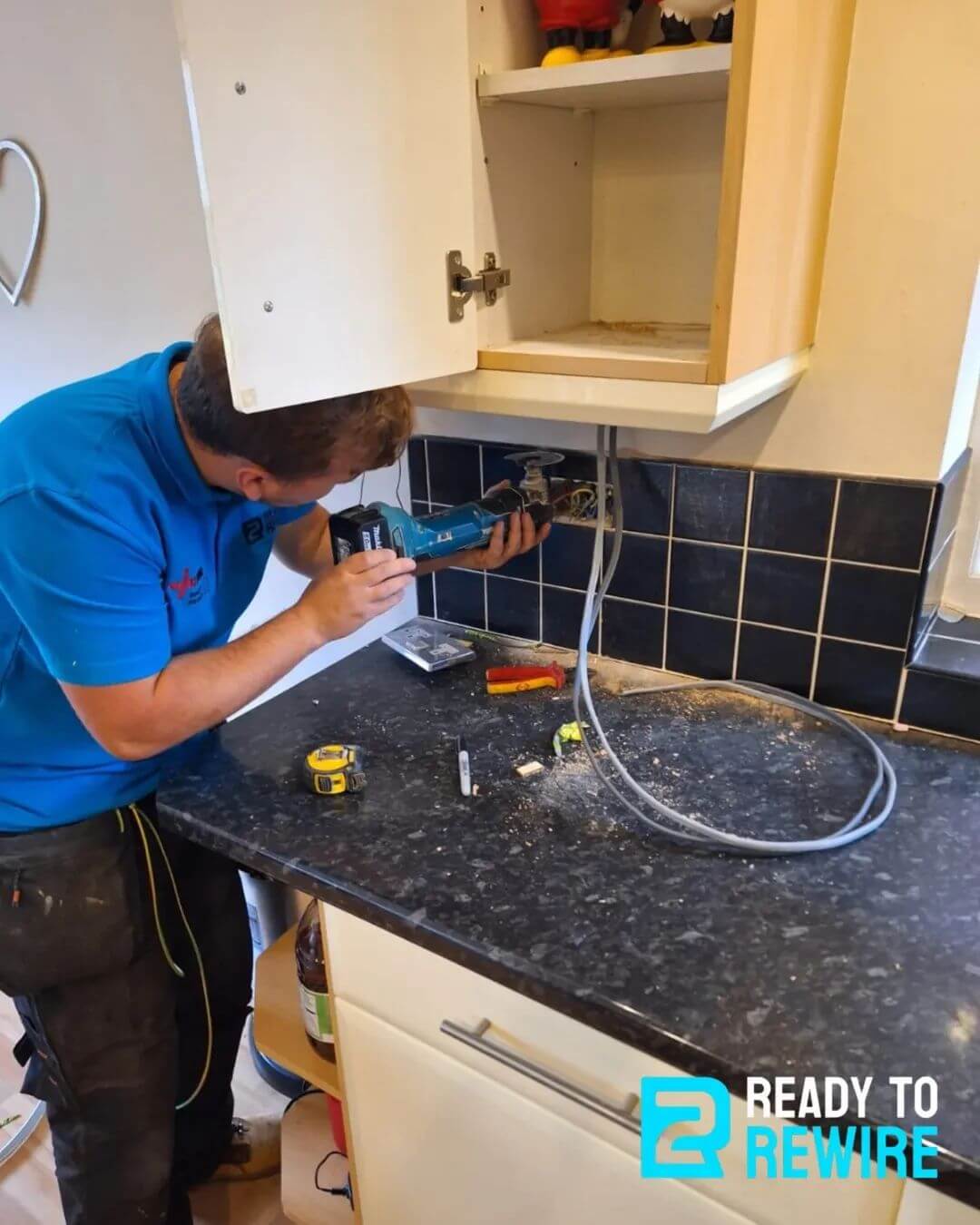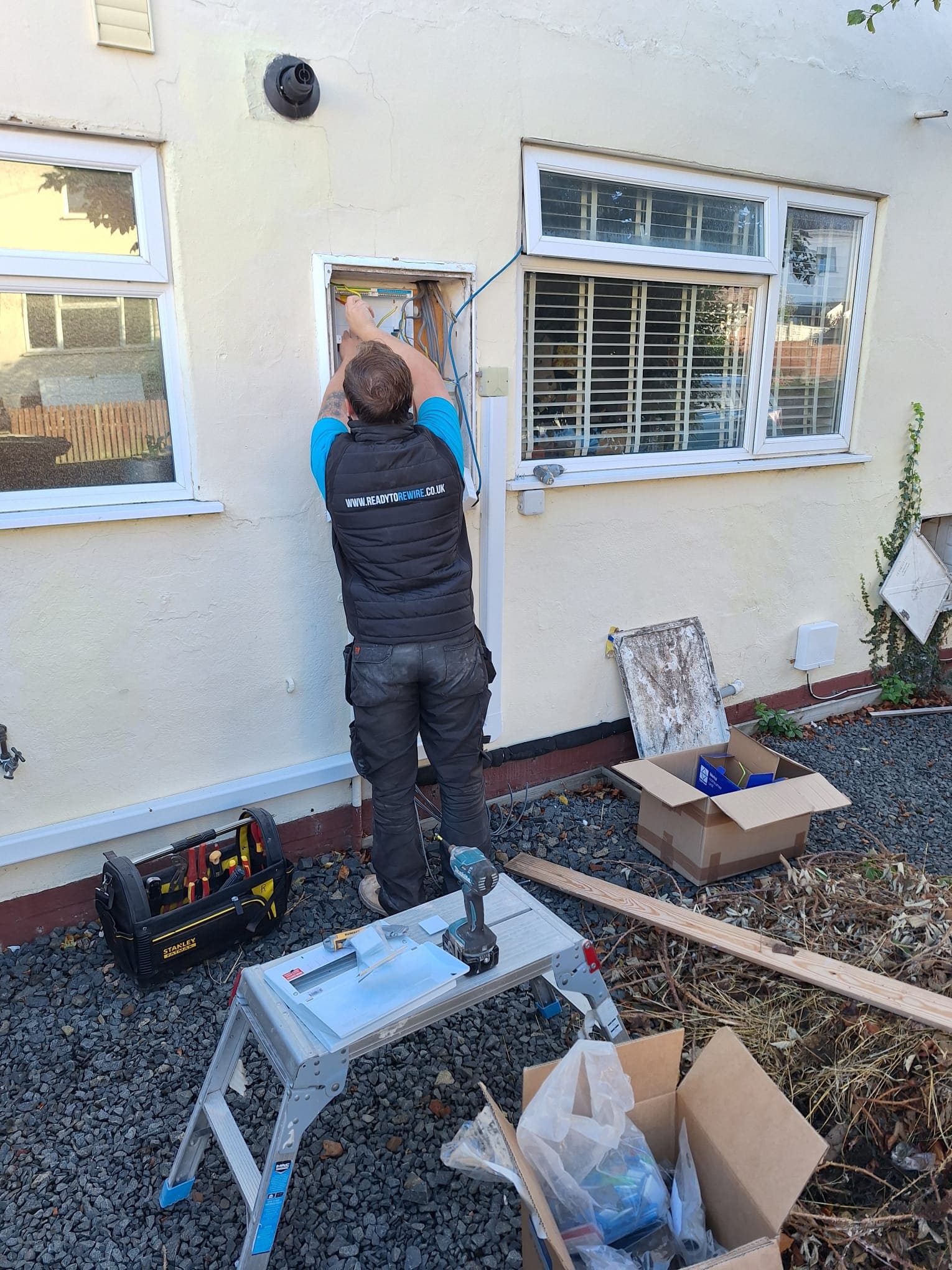First of all, congratulations on your new home. The boxes are in, the kettle is out, and the adventure begins. But alongside the excitement, there is a list of important things to check. And one of the biggest is your home’s electrics.
In this guide, we will walk you through how to check if your property needs rewiring, what signs to look for, and what to do next. Whether your house is 5 or 50 years old, a quick check could save you from bigger problems later on.
Why This Is Often Overlooked
Rewiring is one of those things that often slips through the cracks during the buying process. It is not something estate agents usually highlight, and even a building survey may only mention it in passing.
Many new homeowners assume everything is probably fine. But electrics are hidden behind walls, so it is not always easy to spot problems until they cause an issue.
You have unpacked the kettle, but is it safe to plug it in?
Key Signs Your Home Might Need Rewiring
Here are some common signs that your electrical system might be outdated or unsafe:
- An old-style fuse box with ceramic fuses or no RCD protection
- Wiring that is black or fabric-covered rather than modern PVC
- Buzzing sockets, scorch marks, or sockets that feel hot
- Frequent tripping of the circuits or flickering lights
- No earth wire in ceiling lighting circuits
Even if things seem to be working, these signs can indicate your home is relying on older or unsafe infrastructure. It is always worth investigating further.
What If You Are Not Sure?
If you have moved into a home and are not sure about the condition of the wiring, the first step is to arrange an Electrical Installation Condition Report, also known as an EICR.
An EICR is a professional check that tells you if the electrics in your home are safe or need attention. At Ready to Rewire, we also offer free visual inspections where possible, giving you an early heads-up without any pressure.
As Reece from the team says:
“If you are unsure, don’t guess. We can pop by and have a quick look. It might save you a lot of stress later.”
Do I Need to Act Right Away?
If your electrics show any signs of danger or failure, then yes, you should act straight away.
However, if the system is just a bit outdated but still functional, you may be able to plan updates in stages. You can also schedule a full rewire during planned renovations, which is often the most efficient time to do it.
Our advice is not to delay action just because everything looks fine on the surface. Safety always comes first, especially when you have just moved in.
What’s Involved in Fixing It?
A full rewire may sound daunting, but it is often more straightforward than people expect. Here is what it usually involves:
- Replacing outdated wiring throughout the home
- Installing a modern consumer unit with RCDs
- Adding or moving sockets and light fittings as needed
- Testing and certification when the work is complete
The cost depends on the size and condition of the home. You can find a full breakdown in our three-bedroom rewire cost guide.
Most full rewires take between five and ten working days. Yes, there will be some disruption, but the result is a safer, more modern home you can rely on.
Final Thoughts: Peace of Mind Is Worth It
If you are not sure about your new home’s electrics, it is better to check now than wait for a fault. A simple inspection or EICR can give you peace of mind and a clear plan of action if anything needs updating.
Worried about your wiring? At Ready to Rewire, we offer clear advice, no jargon, and simple safety checks to get you started.
New homeowner and unsure about your electrics? Get in touch for an honest opinion and a friendly walkthrough of what to do next.






